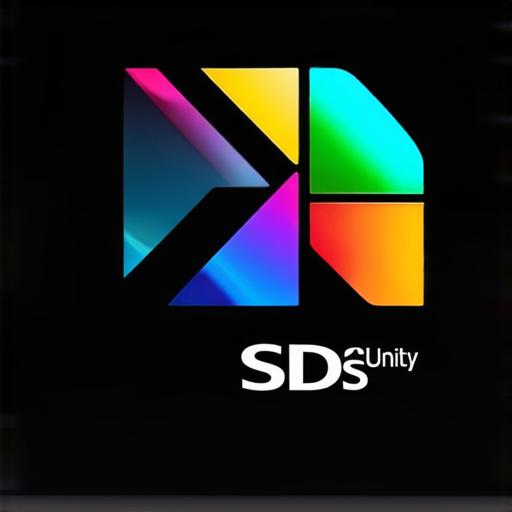
Why Shift from 3ds Max to Unity?
Before we dive into the key steps involved in shifting from 3ds Max to Unity, let’s first take a look at why this is a great idea for experienced 3D artists and designers.
- Cross-platform support: Unity supports multiple platforms such as Windows, Mac, Linux, iOS, Android, web, and more. This means that you can create games or applications that run seamlessly on any platform, without having to use different tools for each platform.
- Large community: Unity has a large and active community of developers, which means that there is always someone available to help you if you need it. You can also find many resources online such as tutorials, forums, and plugins that can help you create great games or applications.
- Easy learning curve: While Unity has its own unique features and tools, it is relatively easy to learn for experienced 3D artists and designers. You can find many online courses and tutorials that can help you get started with Unity quickly.
- Wide range of assets: Unity has a wide range of assets such as 3D models, textures, animations, and more that you can use to create your games or applications. This means that you don’t have to spend time creating everything from scratch.
- Cost-effective: Compared to other game engines, Unity is relatively affordable and offers great value for money. You can also save on hardware costs as Unity can run on lower-end systems.
Key Steps to Shift from 3ds Max to Unity
- Familiarize yourself with Unity: The first step is to familiarize yourself with Unity and its unique features and tools. You can do this by watching tutorials, reading documentation, and experimenting with the software on your own.
- Import your 3D models and assets: Once you are familiar with Unity, you can start importing your 3D models and assets from 3ds Max. Unity supports many file formats such as .obj, .fbx, and .stl, so you should have no problem importing your models.
- Create a new project: After importing your models and assets, you can create a new project in Unity. You can choose from several templates that are available in Unity or create a custom template based on your requirements.
- Set up the camera and lighting: Once you have created your project, you need to set up the camera and lighting to make your 3D models look good. Unity has many built-in cameras and lighting options that you can use, or you can create custom ones.
- Add animations and effects: After setting up the camera and lighting, you can add animations and effects to make your game or application more interactive and engaging. Unity has a wide range of animation tools and effects that you can use, such as particle systems, audio, and scripting.
- Test and refine: Finally, you need to test your game or application in Unity and refine it based on the feedback you receive from users. You can also export your project to a different platform if needed.
Benefits of Shifting from 3ds Max to Unity
Now that we have discussed the key steps involved in shifting from 3ds Max to Unity, let’s take a look at some of the benefits you can expect to experience as a result of this shift.
- Increased productivity: With its large community, easy learning curve, and cross-platform support, Unity can help you increase your productivity as an artist or designer. You can create games or applications quickly and easily, without having to switch between different tools for each platform.
- Improved collaboration: Unity has built-in collaboration features that allow multiple developers to work on the same project simultaneously. This means that you can collaborate with other artists and designers more effectively, regardless of where they are located.
- Enhanced creativity: With its wide range of assets, animations, and effects, Unity offers many opportunities for artists and designers to be creative and explore new ideas. You can create games or applications that are unlike anything you have ever created before.
- Increased job opportunities: As Unity is one of the most popular game engines, there are many job opportunities available for artists and designers who are proficient in this software. This means that you can expand your career opportunities by shifting to Unity.
- Lower costs: Compared to other game engines, Unity is relatively affordable and offers great value for money. You can also save on hardware costs as Unity can run on lower-end systems.
Summary
Shifting from 3ds Max to Unity can be a challenging but rewarding experience for experienced artists and designers. With its cross-platform support, large community, easy learning curve, wide range of assets, animations, and effects, Unity offers many benefits that make it a great choice for creating games or applications. By following the key steps outlined in this article, you can successfully shift from 3ds Max to Unity and take advantage of these benefits to enhance your creativity, productivity, and job opportunities.



